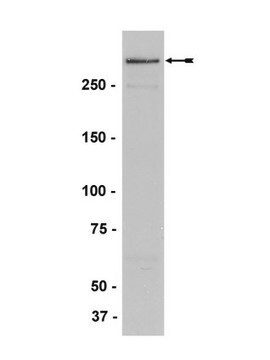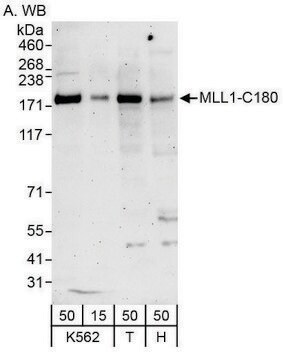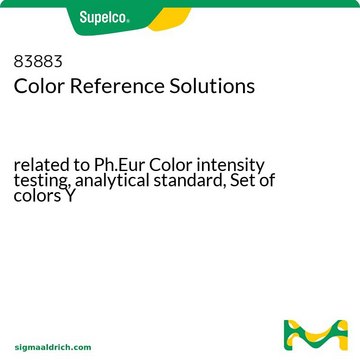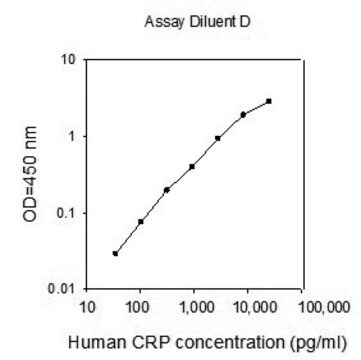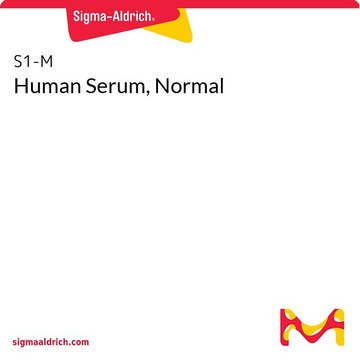05-765
Przeciwciało anty-MLL/HRX, CT, klon 9-12
clone 9-12, Upstate®, from mouse
Synonim(y):
N-metylotransferaza histon-lizyna 2A, N-metylotransferaza lizyny 2A, ALL-1, białko palca cynkowego typu CXXC 7, białaczka szpikowa/limfoidalna lub mieszana, białko białaczki szpikowej/limfoidalnej lub mieszanej 1, białko podobne do Trithorax, białko palca cynkowego HR
About This Item
Polecane produkty
pochodzenie biologiczne
mouse
Poziom jakości
forma przeciwciała
purified immunoglobulin
rodzaj przeciwciała
primary antibodies
klon
9-12, monoclonal
reaktywność gatunkowa
mouse, human
producent / nazwa handlowa
Upstate®
metody
ChIP: suitable
immunofluorescence: suitable
immunoprecipitation (IP): suitable
western blot: suitable
izotyp
IgG1
numer dostępu NCBI
numer dostępu UniProt
Warunki transportu
wet ice
docelowa modyfikacja potranslacyjna
unmodified
informacje o genach
human ... KMT2A(4297)
Opis ogólny
Specyficzność
Immunogen
Zastosowanie
Analiza immunoprecypitacji chromatyny (ChIP): Reprezentatywna partia wykryła zajęcie MLL w promotorach Hoxa10 i Meis w mysich komórkach białaczki MLL-AF10 (Gallo, M., et al. (2013). Cancer Res. 73(1):417-427).
Analiza immunoprecypitacji chromatyny (ChIP): Reprezentatywna partia wykryła zwiększone zajęcie MLL w locus Ink4a 8-miesięcznych niż 2-miesięcznych wysepek myszy bEzTG. To samo zależne od wieku wzbogacenie locus Ink4a zaobserwowano w przypadku H3K4me3, podczas gdy odwrotny trend zaobserwowano w przypadku wzbogacenia Ezh i H3K27me3 w tym samym locus (Zhou, J.X., et al. (2013). J. Clin. Invest. 123(11):4849-4858).
Analiza immunoprecypitacji chromatyny (ChIP): Reprezentatywna partia wykryła zajęcie MLL w regionie promotora HOXA10 w G179NS i G411NS ludzkich nerwowych komórkach macierzystych glejaka (Gallo, M., et al. (2013). Cancer Res. 73(1):417-427).
Analiza immunoprecypitacji chromatyny (ChIP): Reprezentatywna partia wykryła zajęcie MLL w miejscu pochodzenia replikacji DNA (RD), jak również w eksonie 1b i wspólnym eksonie 2 p16INK4a/p19ARF w mysich fibroblastach embrionalnych (MEF). Zwiększone wzbogacenie MLL w tych miejscach zaobserwowano w starzejących się i zmutowanych mutantach Polycomb MEF (Agherbi, H., et al. (2009). PLoS One. 4(5):e5622).
Analiza immunoprecypitacji chromatyny (ChIP): Reprezentatywna partia wykryła zajęcie MLL w regionie Hoxa9 AB przy użyciu preparatu chromatyny mysich zarodkowych fibroblastów (MEF) (Erfurth, F.E., et al. (2008). Proc. Natl. Acad. Sci. U.S.A. 105(21):7517-7522).
Analiza immunoprecypitacji: Reprezentatywna partia koimmunoprecypitowała JmjD3 i RbBP5, ale nie Dnmt3a, z MLL z ekstraktu komórek mysiego insulinoma Min6 (Zhou, J.X., et al. (2013). J. Clin. Invest. 123(11):4849-4858).
Analiza Western Blotting: Reprezentatywna partia wykryła wyższy poziom MLL w hodowanych neuronalnych komórkach macierzystych glejaka (GNS) niż neuronalnych komórkach macierzystych (NS), jak również wzbogacenie MLL we frakcji CD15+ świeżo wyciętych komórek glejaka (GBM) (Gallo, M., et al. (2013). Cancer Res. 73(1):417-427).
Analiza Western Blotting: Reprezentatywna partia wykryła zawierający domenę SET C-końcowy fragment podjednostki enzymatycznej kompleksu MLL (C180; MLLC) w immunoprecypitacie anty-FLAG z komórek HeLaS stabilnie wyrażających znakowane FLAG hDPY-30 (Cho, Y.W., et al. (2007). J. Biol. Chem. 282(28):20395-20406).
Epigenetyka i funkcje jądrowe
Histony
Jakość
Western Blotting Analysis: 0.1-1 µg/mL of this antibody detected MLL C-terminal fragment (C180; MLLC) in K562 nuclear extract.
Opis wartości docelowych
Postać fizyczna
Przechowywanie i stabilność
Komentarz do analizy
Ekstrakt jądrowy K562
Inne uwagi
Informacje prawne
Oświadczenie o zrzeczeniu się odpowiedzialności
Nie możesz znaleźć właściwego produktu?
Wypróbuj nasz Narzędzie selektora produktów.
Kod klasy składowania
10 - Combustible liquids
Klasa zagrożenia wodnego (WGK)
WGK 1
Certyfikaty analizy (CoA)
Poszukaj Certyfikaty analizy (CoA), wpisując numer partii/serii produktów. Numery serii i partii można znaleźć na etykiecie produktu po słowach „seria” lub „partia”.
Masz już ten produkt?
Dokumenty związane z niedawno zakupionymi produktami zostały zamieszczone w Bibliotece dokumentów.
Nasz zespół naukowców ma doświadczenie we wszystkich obszarach badań, w tym w naukach przyrodniczych, materiałoznawstwie, syntezie chemicznej, chromatografii, analityce i wielu innych dziedzinach.
Skontaktuj się z zespołem ds. pomocy technicznej